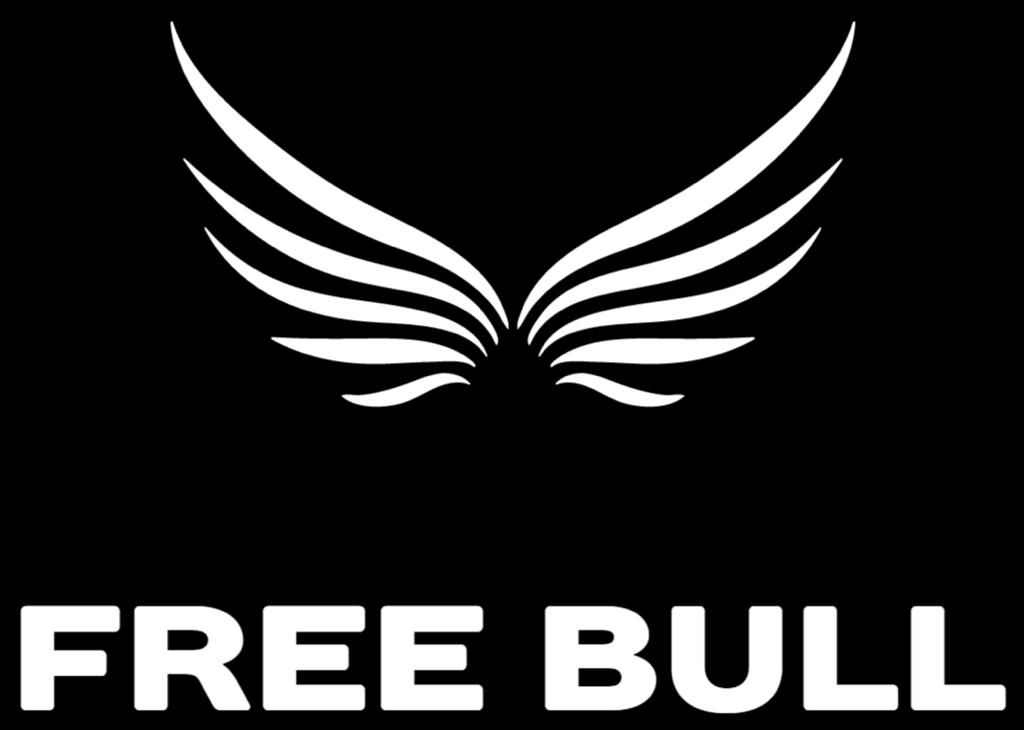Dear clients,
Oil prices were about to break a two-week losing streak as they rose for the fourth consecutive session on Friday on the back of supply cuts and expectations that the OPEC+ group of oil producers will extend production cuts until the end of the year.
West Texas Intermediate (WTI) crude rose 21 cents, or 0.3%, to $83.84 a barrel, while Brent crude was up 26 cents, also up 0.3%, to $87.09 a barrel as of 0605 GMT. For the week, WTI is up more than 5% and Brent is up about 3%.
Analysts expect Saudi Arabia to extend a voluntary oil production cut of 1 million barrels a day for October, adding to cuts by the Organization of the Petroleum Exporting Countries.
„We continue to expect production cuts to be extended and prices above $90 per barrel (on a sustained basis) will be required to attract OPEC supply to the market, as well as incentivize U.S. shale oil producers to increase drilling activity,“ National Australia Bank said in a client note on Friday.
U.S. crude inventories fell by a more-than-expected 10.6 million barrels last week, government data showed Wednesday. Commercial crude inventories have fallen by 34 million barrels since mid-July.
Traders and investors often view changes in U.S. inventories as a proxy for changes in the balance of global production and consumption, and spot prices and quotes may rise if inventories continue to deplete.
„Signs of increased demand have also been evident in the commodities market, with implied gasoline demand rising for the first time in three weeks,“ ANZ said in a research note on Friday.
A weakening US dollar, which looks set to end a six-week winning streak, also helped prices. A stronger dollar puts pressure on demand for oil, making the commodity more expensive for buyers holding other currencies.
A survey showing renewed growth in Chinese factory activity and Beijing’s measures to support China’s weakened housing market also helped boost oil prices on Friday as traders hoped it would stimulate demand in the world’s second-largest oil-consuming country.


